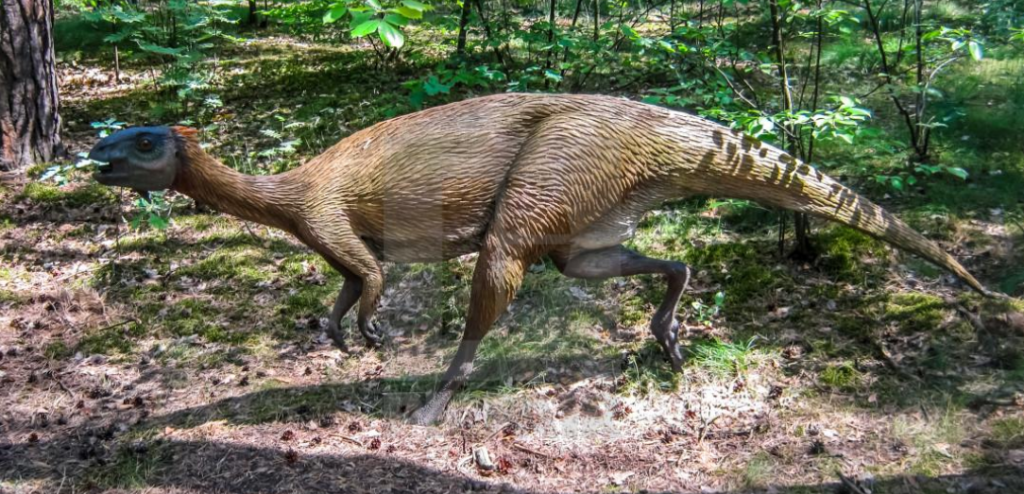
Africa’s Known Oldest Dinosaur Found In Northern Africa’s Known Oldest Dinosaur Found In Northern Zimbabwe
Published on September 5, 2022 at 2:11 PM by Face of Malawi
New fossil analysis has revealed that Africa’s oldest known long-necked dinosaur with jagged teeth and a long tail roamed Zimbabwe 230 million years ago.
The dinosaur was named Mbiresaurus raathi.
Dr Christopher Griffin, of Yale University in the United States, said the collection of bones resembles those of dinosaur remains from South America and India. News Agencies cite him as saying:
Mbiresaurus raathi fills in a critical geographic gap in the fossil record of the oldest dinosaurs.
These are Africa’s oldest-known definitive dinosaurs – roughly equivalent in age to the oldest dinosaurs found anywhere in the world.
The oldest known dinosaurs – from roughly 230 million years ago, the Carnian Stage of the Late Triassic period – are extremely rare and have been recovered from only a few places worldwide, mainly northern Argentina, southern Brazil and India…
When I found the femur (thighbone) of Mbiresaurus, I immediately recognised it as belonging to a dinosaur and I knew I was holding the oldest dinosaur ever found in Africa.
When I kept digging and found the left hip bone right next to the left thigh bone, I had to stop and take a breath – I knew that a lot of the skeleton was probably there, still articulated together in life position.
Mbiresaurus was about six feet long (nearly 2 metres) from nose to tail and weighed up to five stone (nearly 32 kgs). Its skeleton is mostly intact – missing only portions of the hand and skull.
Co-author Professor Sterling Nesbitt, of Virginia Tech in the US, said:
Early dinosaurs like Mbiresaurus raathi show the early evolution of dinosaurs is still being written with each new find and the rise of dinosaurs was far more complicated than previously predicted.
Sauropods were plant-eaters that could reach 200 feet (nearly 61 m) in length and weighed up to 120 tonnes. They included kids’ favourites Brachiosaurus, Diplodocus, Apatosaurus and Brontosaurus.
Mbiresaurus features:
i). Mbiresaurus had a relatively small head – like its famous descendants.
ii). It stood on two legs – not four.
iii). It sported small, serrated, triangle-shaped teeth – suggesting it was a herbivore or potentially omnivore.
Dr Griffin said they never expected to find such a complete and well-preserved dinosaur skeleton.
Michel Zondo, a curator at the Natural History Museum of Zimbabwe, said the discovery of the Mbiresaurus is an exciting and special find for Zimbabwe and the entire palaeontological field.
SOURCE: Pindula News


